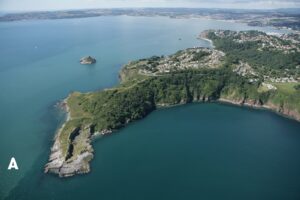The giant Ordovician trilobites from the Canelas quarry constitute the most iconic sign of identity of the Arouca UNESCO Global Geopark at an international level. Palaeontological studies determined the importance of this fossil locality for studying aspects of the social behavior of these marine arthropods and their interactions with other represented invertebrate fossil groups. Although […]
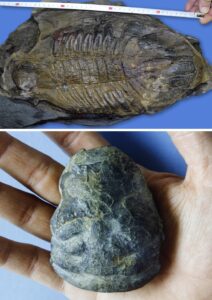
Numerous Upper Jurassic–Lower Cretaceous tracksites are found in the Maestrazgo UNESCO Global Geopark; sauropod and ornithopod tracks are abundant and there are some rare stegosaurians and theropods. The Lower Cretaceous ichnite sites are dominated by ornithopod tracks, while only one Upper Cretaceous site, containing theropod tracks, has been documented. Seven of these sites are classified […]
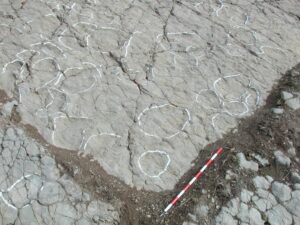
The Paleozoic succession of the Sierra Norte de Sevilla UNESCO Global Geopark (Ossa Morena Zone of the Iberian Massif, SW Spain) includes a nearly complete Silurian succession, ca. 150 m thick, deposited in an outer shelf setting. In the core part of the Valle syncline, the El Pintado-1 section exhibits a condensed graptolite-rich Silurian black-shale […]
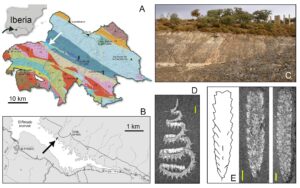
The current territory of the Maestrazgo UNESCO Global Geopark has provided fossils that pioneered dinosaur research in Spain. The first Spanish dinosaur, Aragosaurus ischiaticus (published in 1987), five other new genera of dinosaurs and six species were described from fossils found at Geopark sites. These are the sauropod Galveosaurus herreroi (Galvesaurus herreroi) in 2005, the […]
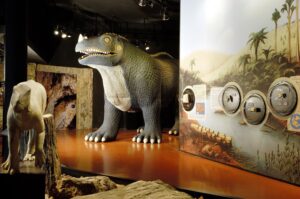
The Paleozoic succession in the Nevera inlier of the Molina-Alto Tajo UNESCO Global Geopark (Western Iberian Cordillera, NE Spain) includes an incomplete, richly fossiliferous Silurian succession, ca. 350‒400 m thick, at the locality of Checa, one of the geosites of international interest in the Paleozoic of Spain. The Checa section starts with quartzites (Los Puertos […]
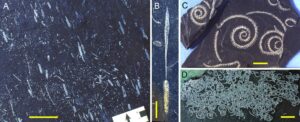
The cross-border Geopark Karawanken/ Karavanke was established in 2011 to reflect the diverse geological composition and varied and rich natural and cultural heritage of the area. The wealth of geological heritage is reflected in numerous, already existing geosites, exceptional and unique on a global level, as well as in newly determined mineral and fossil sites. […]
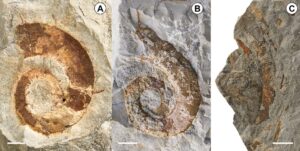
The historical stratotype of the Aptian Stage (Cretaceous) was defined in the Luberon UNESCO global geopark in the middle of the 19th century. Due to excessive urbanization launched in the early sixties, the best outcropping conditions are those found at La Tuilière, in the vicinity of Saint-Saturnin-lès-Apt. This is a privileged place, with conservation, educational […]
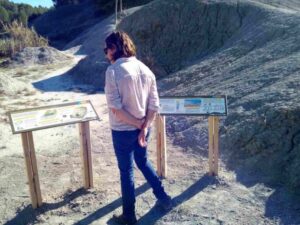
Shetland UNESCO Global Geopark encompasses a wide variety of well-exposed and accessible geological features. The combination of ocean floor remnants on top of ancient continental crust, a cross-section through a volcano, and evidence of earth movements is preserved nowhere else in the world and, individually, are some of the best examples known. Devonian rocks deposited […]
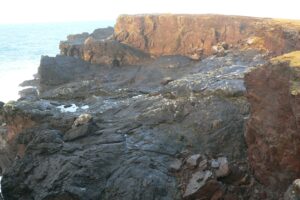
The Basque Coast UNESCO Global Geopark is known worldwide for its great thickness of Upper Cretaceous and Paleocene “flysch” formations. The K/Pg and P/E boundaries are among the most popular sites, together with the IUGS-ICS designated Selandian and Thanetian global stratotypes. However, an important section of the sea cliff outcrops is formed by an older […]
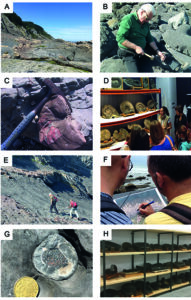
The coral-rich limestones of the English Riviera UNESCO Global Geopark were an important component of the original definition of the Devonian System, introduced by Sedgwick and Murchison in 1840. They are, therefore, both a local highlight of the geological succession but have an important position within the history of geology. Formed in the tropical seas […]
